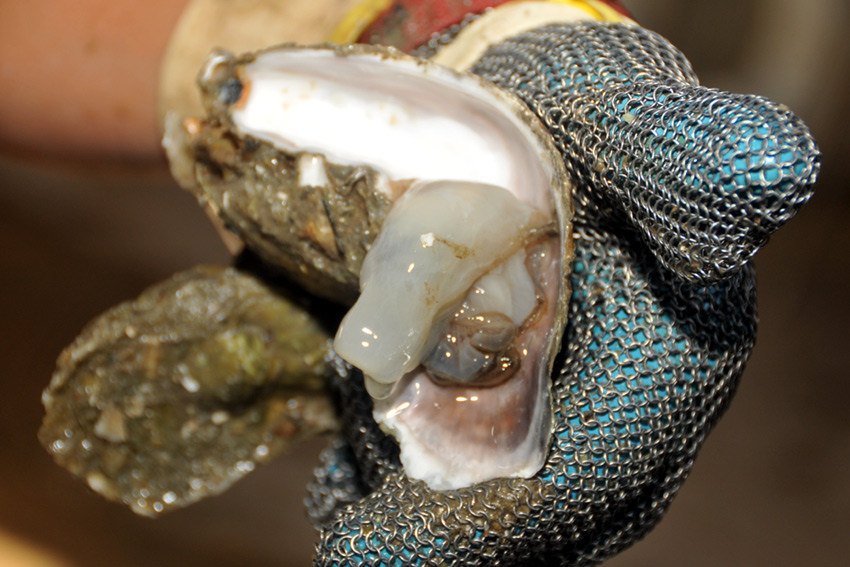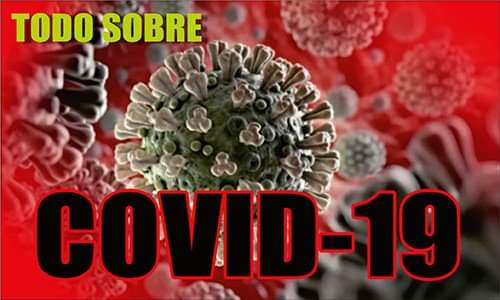
Since the onslaught of atmospheric phenomena sank their claws into the coasts of Guayabal, it has not been the same. The fierceness of Hurricane Paloma is still perceptible in the depressed vegetation and in the less visible ravages that in many ways subdued the environment. To date, the path has been clear: encourage recovery and let nature do its thing.
Las Tunas, Cuba.- Joel Luis Arias Cervantes, fisherman, from the burned skin of his arms to the expert eye to know when the sea is or is not full of goodness, brings in his hands an effort that pushes towards the harmony sought with the environment. To put him behind the microphone is to rob him of valuable minutes that he has destined to repair his boat.
The skipper of the boat República de Angola put his crew in charge of a new undertaking for him in January, but that immediately ignited his passion, because innovating moves his heart and gets him out of bed very early in the morning, at first light. Now he is in charge of building the oyster farm full-time.
 His knowledge of the subject floods the midday tranquility, with the sea as a plate, in the port of Guayabal. Of course, he had done his research and knew that the construction of these rustic farms could promote a very sustainable form of mariculture, in total harmony with the ecosystems.
His knowledge of the subject floods the midday tranquility, with the sea as a plate, in the port of Guayabal. Of course, he had done his research and knew that the construction of these rustic farms could promote a very sustainable form of mariculture, in total harmony with the ecosystems.
There, among the saltpeter-tanned faces, it is also known that oyster farming improves water quality, promotes biodiversity, and lends a hand in the perennial fight against pollution.
"I immediately liked the project. We started to cut the wood, then we buried the jatas, and the whole thing took shape. In the heart of the coast, protected from future weather events, in a lagoon, we artificially planted the oysters."
"The oysters are filter-feeding species; they stick to the mangrove segments, and there they grow marvelously. To remove them, human hands damage the ecosystem where they live and harm the natural environment. The farms put an end to this interference."
He tells me that on Las Tunas soil, the rustic constructions of these farms are formed by hangers with the same reused shell, in which the oyster larvae adhere and are not fixed to the mangrove, so that no pressure is exerted on the mangrove ecosystem.
"We currently have two quads done, and we are going to conclude more. Since we were given the task, we understood that today's work would make it much easier for us to capture in the future, since it is just going to that location and loading the boat."
As a biologist, he is not comfortable being away from the sea for long periods. He loves to fish for scales: swordfish, snapper..., a myriad of species that swim peacefully there. But if there is one thing he is clear about, it is that man must adapt to his environment and not vice versa, “the sea speaks and is asking for protection."
WE RECOMMEND
Oyster Farming, Another Bet of Pescatún

...
The farm already being strengthened in Guayabal was born from the financing of the Conpescas Guacanayabo Project, an alliance with the United Nations Food and Agriculture Organization (FAO) and the Global Environment Facility.
In its development strategy until the year 2030, the Empresa Pesquera de la Provincia de Las Tunas (Pescatun in Spanish) envisions a sustained increase in oyster production. This impacts the economic and social development of several coastal communities. Currently, three hectares are dedicated to the activity, and the projection is to reach 12 hectares.
Many fishermen like Joel disrupt their salty routines to protect the mangroves. The immense respect for the sea guides them. They know that later they will throw their backpacks into safe waters.





